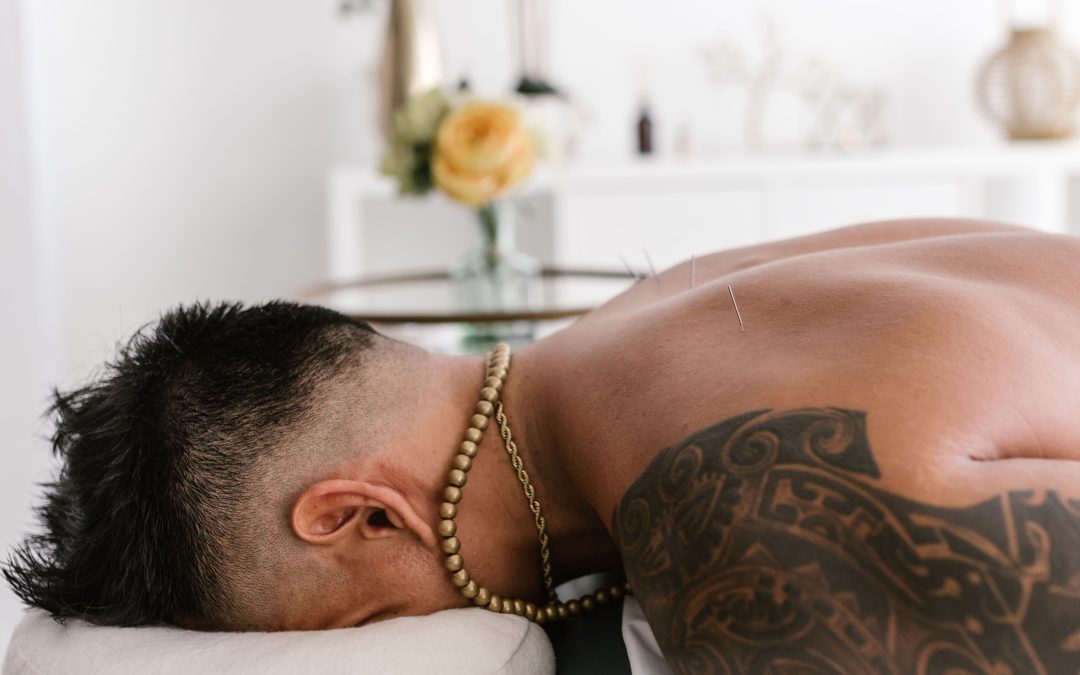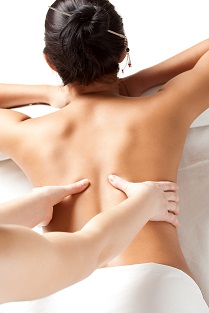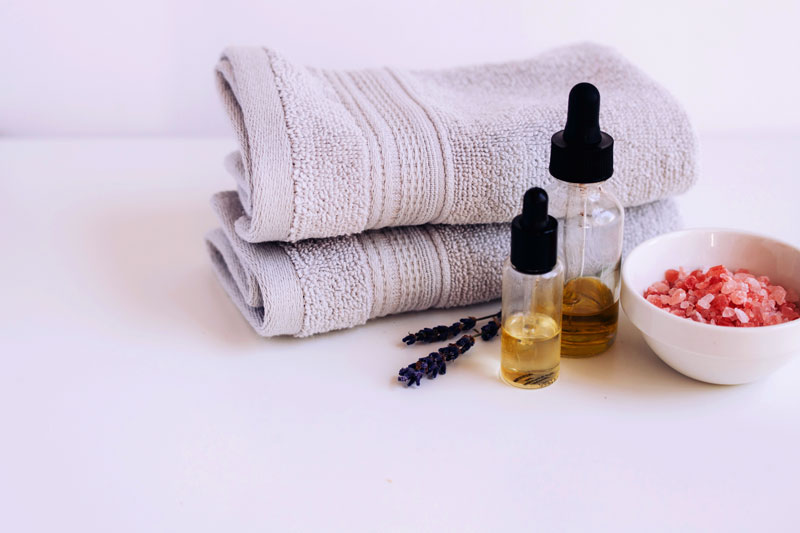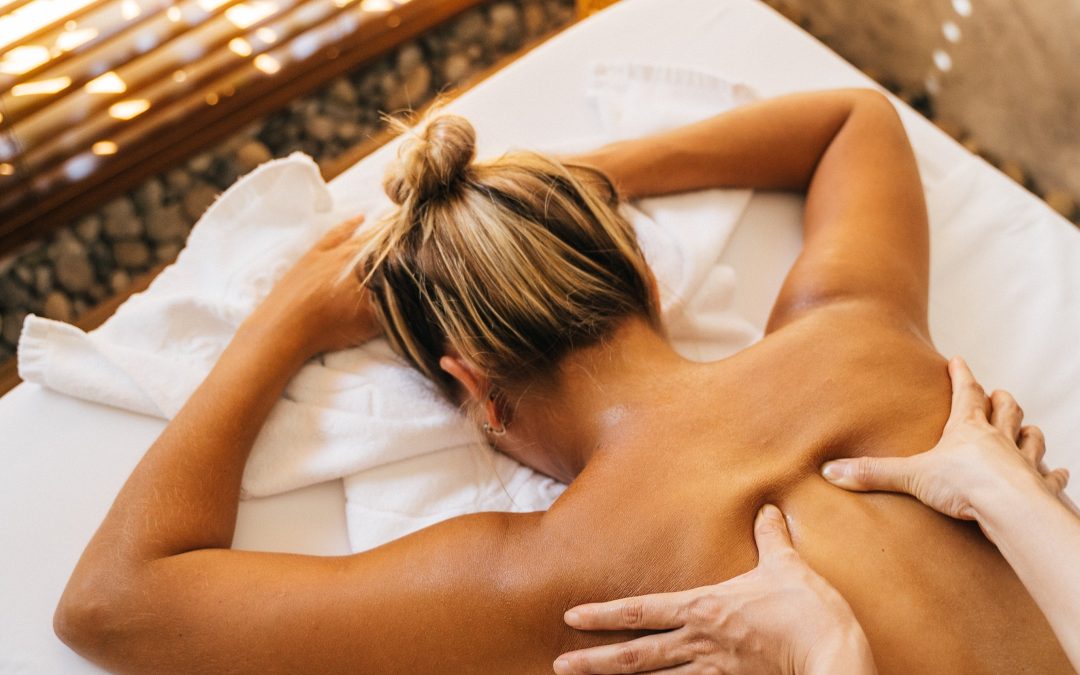The Body: The physical Causes of Pain the previous chapter, we talked about how the causes back pain are “too much” (excess)of something, “too little” (deficiency) of something, or blood circulation that’s “too slow’ (stagnation). Also, it’s important to remember that you often will find a combination of several causes that are all working together to keep you in pain.
In this chapter, we’ll focus on how these key concepts are related to your physical body. For most people, it all starts same way. You use your body in an unbalanced manner, likely without being aware of it. For example, you may sit in a chair or car seat 10 hours a day, but stand or walk only an ho ur or two.
Next, one of two things happens. Some people develop tissue-based pain, which originates in the muscles, tendons, ligaments, or joints. Others suffer from nerve-based pain, a result of taut muscles pressuring a nerve or pulling the body out of alignment so the bones in the spinal column (or a joint) compress or pinch a nerve or force a disc to bulge or herniate. Often, people suffer from both types of pain at the same time. Let’s examine how these situations can develop.
Muscle Imbalances: The of War Inside Your Body
Human beings are born with well-balanced bodies, but rarely do they stay that way- Throughout our lives we learn to use our muscles to master various activities, but because we tend to favor one side, or do some activities over and over again, we work some muscles too much and others too little. Take our modern-day sedentary lifestyles, for exam Most of us sit far more than we stand or engage in activity.
We sit at the computer,a plane, in meetings, while watching TV, and while eating, driving, and visiting.
If were to log, the hours we spend sittings as opposed to other activities, we’d probably find that sitting takes up the majority of our time. We’re a society of “too much” sitting-especiaUy compared to 50 or lOO years ago.
Sitting, however, isn’t the only way we use our muscles too little or too much. Consider the course of your own typical day. Most likely you use one hand more than the other to brush your teeth, style your hair, write, and eat. That hand and arm also are probably more prominent in activities such as cleaning, cooking, and doing laundry. When you drive, you use the right leg for both pedals, while your left does nothing, unless you re operating a manual transmission.
Since you do these activities most every day, these muscles are used over and over again, while others-Iike your left leg when driving—are hardly ever worked. You can imagine how the stronger muscles on one side of your body-with little counterbalancing resistance from the weaker ones on the other side—can pull your spine, hips, and other joints slightly out of alignment.
The same thing can happen with your forward and backward movements. Many people tend to lean forward more than backward for activities such as driving, reading, mowing the lawn, woodwork, crafts, playing games, and, of course, working at the computer. You lift heavy items leaning forward, not backward. For sports such as skiing, running, cycling, soccer, and baseball? You’re almost always leaning forward.
If you’re not performing backward-type stretches and exercises to counteract these “bending forward” habits, the muscles in the front of your body will become stronger and shorter, while the muscles in the back may weaken and stretch out. Again, when the front of your body is much stronger than the back, you can imagine how such unbalanced forces can subtly distort the natural curve of your spine.
There are many more examples of how we use our muscles unevenly- You may prop a telephone on one ear while doin^ other tasks, using just one side of your neck. Carrying a heavy purse, laptop bag, or backpack on one shoulder may cause you to lean to one side to support the weight while sticking & your hip out on the other side to counterbalance it.
A similar thing happens if you have young children or grandchildren and carry them on one hip. You jut out that hip to support the extra weight—without copying the action on the opposite side.
Pother example: If you have a wallet or cell phone in your back pocket all the time, it tends to tilt your hip and the rest of your body to one side whenever you’re sitting.
The result of all this uneven body use is that certain parts of the body grow strong while other parts weaken, creating a literal tug of war-where both sides lose.
You can find several videos about muscle imbalances on my website by going to: . Lose vww.losethebackpain.com/backpainvideos.html
Common Muscle Imbalance Examples
One of the most common examples of a muscle imbalance that causes back pain occurs in many people today who work in sedentary positions. We call it “forward-tipped pelvis. Al that sitting tightens the hip flexors (fronts of hips). Meanwhile, the stomach (abdominal), buttock muscles become weak from being underused.
The tight muscles pull the pelvis down and forward, creating an excessive curve in the lower torso and causing the abdomen to protrude forward. The resulting pressure on the lower spine can eventually cause dysfunction and injury, such as sciatica, a herniated disc, or a muscle spasm.
Another widespread muscle imbalance is one we like to call “forward head and shoulders.”
This occurs frequently because people spend so much time hunched over computers,steering wheels, office desks, stoves—almost every activity we do requires us to lean forward.
Xhis causes the muscles in the chest and at the base of the neck to tighten up, while the muscles in the upper back and shoulders weaken and stretch putting pressure on the upper spine and causing upper back and neck pain.
There are other common muscle imbalances, but perhaps you can begin to see how our everyday routines work our muscles unevenly* create bad posture, and eventually lead to pain.
Your Muscle Strength: Use It or Lose It
The body is truly an amazing machine. The more you work it, the stronger it gets. In contrast, if you drive your car for thousands of miles, it’s not going to drive any taster or get better gas mileage. If you play your upright piano for years, it’s never going to grow into a grand piano. The human bod/’ on the other hand, responds to work by becoming stronger and more efficient—especially in the muscles.
Asyou go about your daily routine, using one hand, arm, or leg more than the other, that part of the body becomes stronger. Imagine if you lifted weights with only your left arm for several months and did very little with your right arm. Pretty soon you would notice a definite difference between the two.
When you exercise or use a muscle, stimulated, stressed, or slightly “damaged.” This is why you may feel sore after a particular activity. During rest, the bod/ repairs the muscle, building it back up to withstand similar the future. The fascinating thing is that the body goes the extra mile in reconstruction, building the muscle up stronger than it was before, so you can handle the same activity with greater ease.
However, the opposite also is true: When you don t work a muscle, it not only doesn’t grow stronger, it actually grows weaker, sort of like a basketball that isn’t inflated regularly* you ve ever had an operation on one leg or arm and had to build the muscles back up again, you know this fact well!
Or, if you’ve ever been confined to bed for a week or two due to a medical condition, you’ll remember how wobbly you felt when you tried to get up again. This is because your muscles had already started to weaken from inactivitySo, how do these uneven muscles result in a tug-of-war inside your body?
Striving for Balance
VC/Tien we think of balance, we often imagine two tilings working in opposition to one another, may visualize two children on a teeter-totter, for instance, or the two ropes that lift and lower a flag on a pulley. Muscles work much the same way—in twos. In order for you to be able to move forward and back and side to side, each muscle needs a partner muscle to pull the opposite way.
If you bend your elbow to touch your neck, your biceps (the muscles on the front of the upper arm) pull, or contract and shorten, and the triceps (the muscles on the back of the upper arm) relax and go into a stretched position. Didn’t have the triceps muscles to pull your arm back out, it would remain bent, fortunately* when you re ready > the triceps contract while the biceps relax to straighten your arm again. This is why it’s so important to keep both muscles in an opposing muscle group balanced.
I’m not saying here that both muscles need to be of equal strength, as some muscles arenaturally designed to be stronger than others.
Rather, each muscle should maintain the state of strength and flexibility that keeps the nearby Joints functioning optimally- This allows you to move easily in all directions in the way the body was designed to move.
It comes to eliminating and preventing back pain* the goal isn’t necessarily to have muscles as strong and flexible as possible—though that certainly helps. The goal, as we said in Chapter 3, is balance: Your muscle pairs need balanced strength and flexibility to support your body height and weight and allow for normal movement.
Unfortunately, for most of us, keeping all the muscle pairs equally balanced is a tall order. Not only do we suffer from working some too much and others too little, we suffer from stretching some, too much and others too little. But the even bigger challenge is that most people aren’t even aware of this. While this basic understanding of how our bodies work should be common knowledge, it isn’t, and that’s why so many people struggle with nagging aches and pains.







0 Comments